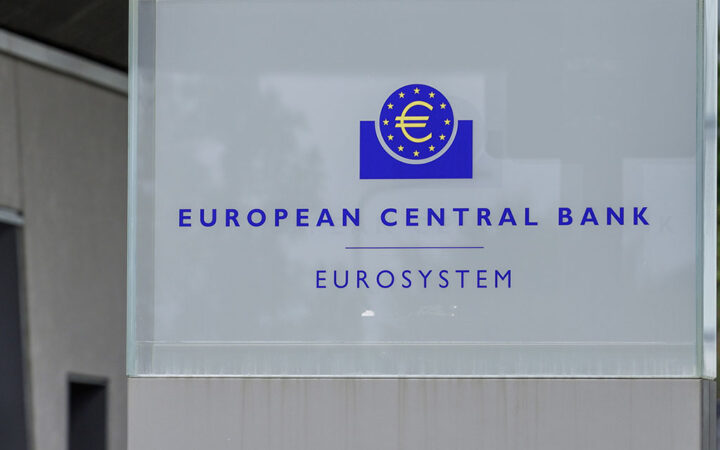
Oluwapelumi is a believer in the transformative power Bitcoin and Blockchain industry holds. He is interested in sharing knowledge and ideas. When he is not writing, he is looking to meet new people and trying out new things.
The BIS report also addressed wholesale issuing of CBDCs, noting that this segment was influenced by factors pertaining to efficiency in cross-border payments.

The number of central banks issuing a central bank digital currency (CBDC) continues to grow, doubling from 14% to 26% within a year, according to a BIS report. Per the report, around 62% of central banks globally are taking experimental projects to serve as a proof-of-concept.
According to available information, 73% of these central banks polled by the Bank for International Settlements (BIS) are testing the issuance of central bank digital currencies following the advent of crypto as a store of value and inflation shield.
The BIS highlighted in a report published on May 6 that work on retail CBDCs has developed into higher stages, as propelled by the need to enhance financial stability in the face of the Covid-19 pandemic. The report also cited the advent of stablecoins as a possible trigger.
As part of the statistics in the report, it follows that 2/3 of the investigated central banks have plans to issue retail CBDCs in the near future.
In a joint paper by the BIS and the World Bank Group released in April, the financial regulators coined CBDCs as a new tool in the financial inclusion toolkit.
The BIS report also addressed wholesale issuing of CBDCs, noting that this segment was influenced by factors pertaining to efficiency in cross-border payments. Under this faculty, the BIS acknowledges that most countries have started active developments for their digital currencies.
Among the countries mentioned by the BIS was China, which has upscaled the pilot range for their digital Yuan, the e-CNY, and ensured that it reaches regions such as Zhejiang and Fujian provinces.
The BIS also mentioned the central bank of the Philippines, which, through their Bangko Sentral ng Pilipinas, plans to go live with their wholesale CBDC pilot project termed CBDCPh. Per the report, the Philipino institution looks to leverage the CBDCPh to achieve a more stable payment system for the country.
Retail CBDCs are structured for daily use by the general populace. Wholesale CBDCs, on the other hand, are more focused on financial institutions, helping them settle enormous interbank payments. Wholesale CBDCs are also useful as reserves for a central bank.
Despite the retail-wholesale tussle, the BIS reported that central banks are currently more focused on retail CBDCs, with special attention to the 2-tiered model where the public access the central bank’s digital currency through the private sector.
The focus on retail CBDCs is driven by the desire to increase adoption. To this end, up to 76% of the investigated banks have hinted at exploring interoperability with existing payment systems.
Disclaimer: Coinspeaker is committed to providing unbiased and transparent reporting. This article aims to deliver accurate and timely information but should not be taken as financial or investment advice. Since market conditions can change rapidly, we encourage you to verify information on your own and consult with a professional before making any decisions based on this content.

Oluwapelumi is a believer in the transformative power Bitcoin and Blockchain industry holds. He is interested in sharing knowledge and ideas. When he is not writing, he is looking to meet new people and trying out new things.




